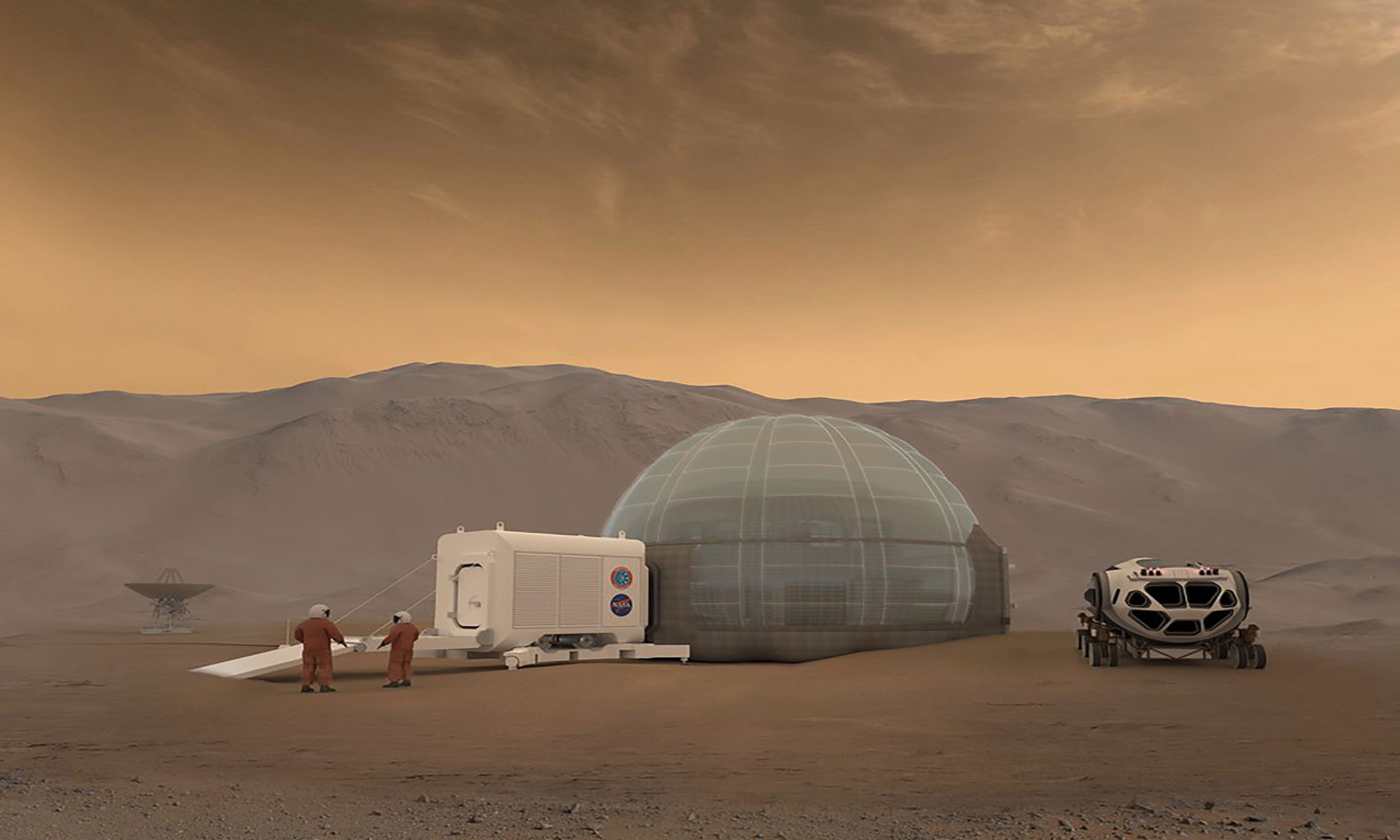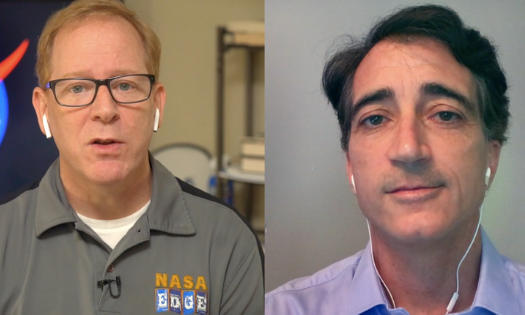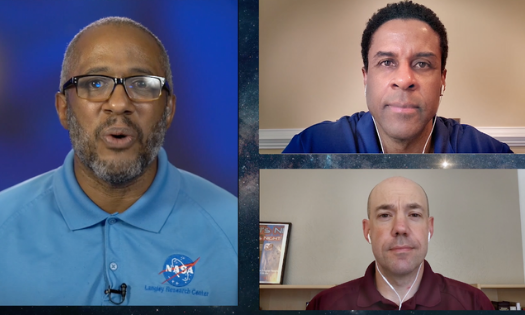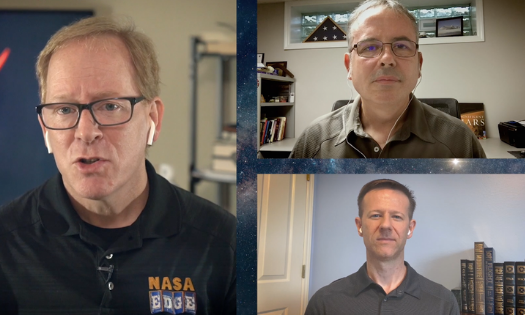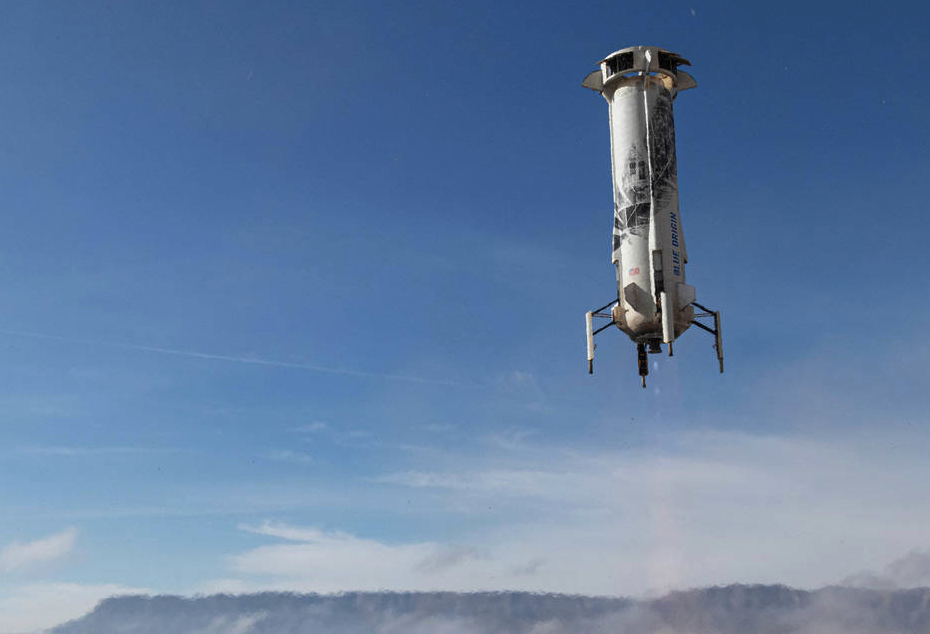From the rim of Shackleton crater to permanently shadowed regions on the Moon, a NASA-developed sensor suite could allow robotic and crewed missions to land precisely on the lunar surface within half the distance of a football field.
Technologies to enable exact and soft landings on the Moon and other worlds will fly on Blue Origin’s next New Shepard suborbital rocket launch, targeted for 12:40 p.m. EDT Thursday, Sept. 24.
The rocket’s flight path is relevant to lunar landings, providing a unique opportunity to mature sensors and algorithms for potential use on Artemis missions.
“This public-private partnership is a great example of NASA and industry working together on common goals – to explore more of the Moon and eventually land humans on Mars,” said Jim Reuter, associate administrator for NASA’s Space Technology Mission Directorate (STMD). STMD selected Blue Origin for a Tipping Point award in 2018 to help increase access to planetary surfaces.
Continue Reading.
